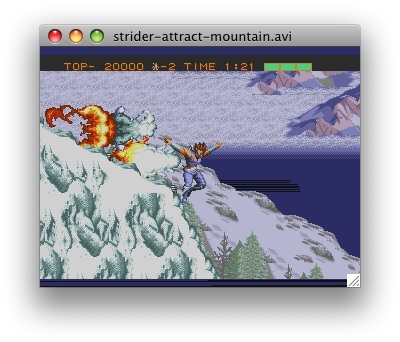I learned basic HTML tags circa 1995 and my knowledge of web presentation never really advanced beyond that. For the most part, I didn’t really need to care. I had WordPress and MediaWiki to take care of my more sophisticated CMS needs. Then along came FATE. My lack of prowess regarding modern web presentation became quite the liability.
I’ve been resisting updating this skillset for some time since it just seems, well… I’ll just go ahead and say it: Web programming feels beneath me. Come on, I do low-level stuff, performance-minded C and ASM, you know: “real” programming. The QuirksMode blog phrased it best:
They dismiss Web technologies as toys for children. JavaScript is just this little language that cannot possibly compare to real technologies such as the one they’re using. HTML is too simple. Real programmers don’t do that stuff. As to Web developers, they are just glorified pixel-pushers that should in no circumstance be taken seriously.
That pretty much summed up my sentiment (for context, in must be noted that the author of that post was railing against that this mindset). However, my old way wasn’t working and I needed a new way forward. Fortunately, a breakthrough came when I discovered Google’s visualization library. I was able to invoke Google’s widget in my web page which would in turn call a script on my server which would provide some table for charting. What a relief: I wouldn’t have to do a lot of heavy lifting myself. The rework wasn’t perfect but it was a start.
With my offline RSS reader project, I find myself requiring a more sophisticated web presentation again. As you might imagine, this is what the whole thing looks like so far:

Continue reading →


